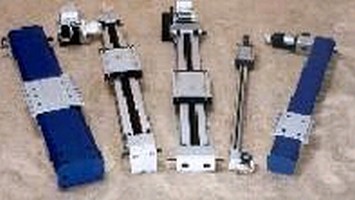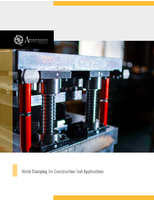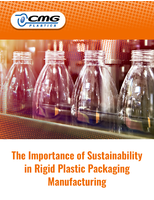Timing Belt Drives features speeds up to 5 m/s.
Share:
Press Release Summary:

Available in various motor and carriage configurations, Blue Line 1, Blue Line 3, ZF 1, ZF 2, and ZF 3 Series Slides suit wide variety of automation applications. All use HTD timing belt, have home position switches accurate to less than 0.1 mm, and repeatability of travel less than 0.2 mm. Timing belt features deep curvilinear profile for positive non-slip operation, compared with conventional trapezoidal tooth profile.
Original Press Release:
New Series of 5 Belt Driven Slides from Techno-Isel Offer Advanced HTD Timing Belt Drives at Low Cost
A new series of 5 timing belt driven slides from Techno-Isel feature speeds up to 5 meters per second and many different motor and carriage configurations from stock. These slides, identified as the Blue Line 1, Blue Line 3, ZF 1, ZF 2 and ZF 3 Series slides offer exceptional value to end users and OEMs for a wide variety of automation applications.
All slides use an HTD timing belt, have home position switches accurate to less than 0.1 mm and repeatability of travel less than 0.2 mm. The Blue Line Series 1 is available in stock lengths to 2 meters. Maximum speed is 2.4 meters per second. The Blue Line Series 3 comes in stock lengths up to 3 meters and can handle speeds to 5 meters per second. The ZF 1 Series slide comes in stock lengths up to 3 meters. Maximum speed is 1.5 meters. The ZF 1 is very narrow (30 mm wide) and has a low profile (44 mm) and a 2:1 gear ratio is available. The ZF 2 Series slide comes in stock lengths up to 3 meters. Maximum speed is 5 meters per second. The ZF 2 comes standard with a 2:1 gear reduction for increased torque and inertia matching. The ZF 3 Series slide comes in stock lengths up to 3 meters. Maximum speed is 5 meters per second.
Of special interest is the HTD timing belt drive used on all 5 series of slides which feature a deep curvilinear profile for more positive non-slip operation when compared with the conventional trapezoidal tooth profile. This provides greater shear strength and smaller unit pressure per tooth since the area of contact is greater.




